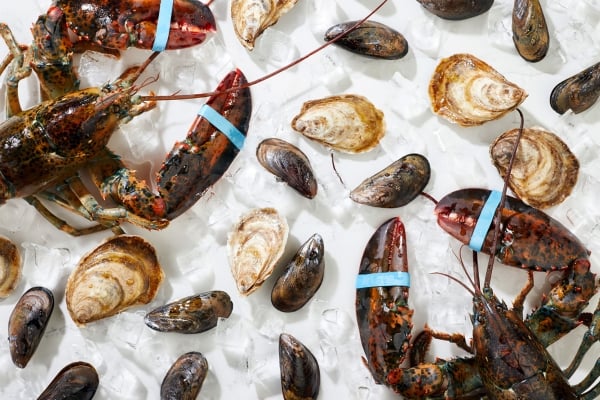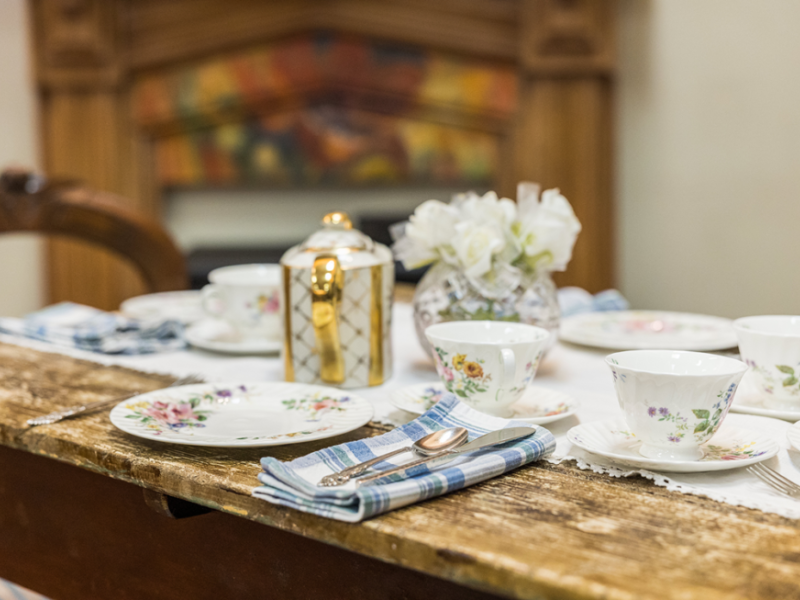Tips on Freezing Seafood
Published July 30, 2021 | PEI Department of Fisheries and Aquaculture
Categories:
Culinary
Prince Edward Island waters are famous for their bountiful supply of fish and shellfish. Seafood prepared fresh out of the water is delicious but that freshly caught flavour can be preserved and enjoyed all year round. Freezing is the safest home preserving method for Island seafoods. It can be done quickly and the flavour, texture and aroma can easily be maintained. Large quantities of seafood purchased in-season and frozen for later use provides an economical menu item.
Freezer Facts
For seafood that tastes as fresh and delicately flavoured as the day it was caught, follow these guidelines during preparation and storage. Use only top quality fish and shellfish. Freezing maintains but does not improve quality. When transporting seafood, keep it well iced. A few hours in the trunk of a car can completely ruin many fish. Prepare the fish or shellfish for freezing immediately. A few hours at room temperature can start spoilage. To prevent freezer burn, a result of moisture loss, use moisture and vapour proof materials, i.e. plastic containers, freezer bags or freezer paper, and cover with a brine solution - 20 ml (1/4 cup) salt with 1 litre (1 quart) fresh cold water. In each package, freeze only the quantity of seafood required for one meal. Exclude as much air as possible from the package and seal tightly. Label clearly using a grease pencil or felt marker, indicating the contents and the date. Store in the freezer at -18 degrees Celsius (0 degrees Farenheit) or the coldest temperature possible to ensure best results.
Freezing Shellfish
There is no single method of freezing that applies to all shellfish. A slightly different procedure applies to each species.
Lobster
1. Cook in salted water for 8 minutes per 500 gms (1 lb.), drain and cool. Place lobster in individual heavy plastic bags, cover with brine solution, seal, label and freeze immediately. To serve: place frozen lobster in boiling water and cook an additional 8-10 minutes. If lobster meat is to be shucked and added to chowders, do not cook the extra 8-10 minutes. Simply let the lobster thaw in the refrigerator or under cold running water and shuck meat for use in the recipe.
2. Completely cook freshly caught lobster. Remove the meat from the shell and pack in plastic tubs, glass bottles or freezer bags, allowing 1 cm (1/2 inch) headspace. Cover with a brine solution, seal tightly, label and freeze. Lobster frozen in this manner will store longer than those frozen in the shell.
Scallops
1. Rinse scallop meat under cool running water to remove sand or shell. Drain, pack in plastic bags, cover with brine solution, seal tightly, label and freeze.
2. Arrange individual scallops on baking sheet and place in freezer. when frozen, remove from baking sheet, pack in freezer bags, seal tightly, label and freeze.
Clams and Mussels
Rinse shellfish to remove sand. Steam over medium heat until shells are slightly open. Shuck, pack in freezer containers and cover with a brine solution or the strained cooking liquid. Seal tightly, label and freeze.
Oysters
Freezing oysters in the shell is not recommended but shucked oysters can be frozen successfully. 1. Rinse oyster shells under cool running water and shuck carefully, reserving the liquid. Pack in freezer containers, cover with oyster liquid, seal tightly, label and freeze. 2. Shucked oysters may be frozen individually in ice cube trays. When oysters are frozen, remove from the ice cube trays, place in heavy freezer bags, seal well, label and freeze.
Freezing Fin Fish
All Prince Edward Island fin fish (whole fish, fillets and steaks) may be frozen but for varying lengths of time, depending on the fat content. Whole fish must be gutted and rinsed in cold water before freezing. Small whole fish, such as smelts, can be frozen solidly on a baking sheet and then wrapped in freezer paper. Freeze large whole fish solidly on a cookie sheet. Dip the frozen fish quickly in ice-cold water and return to freezer. Repeat several times, wrap well, label and store in freezer. Fish fillets and steaks are best when covered with a brine solution and frozen in plastic bags or containers.
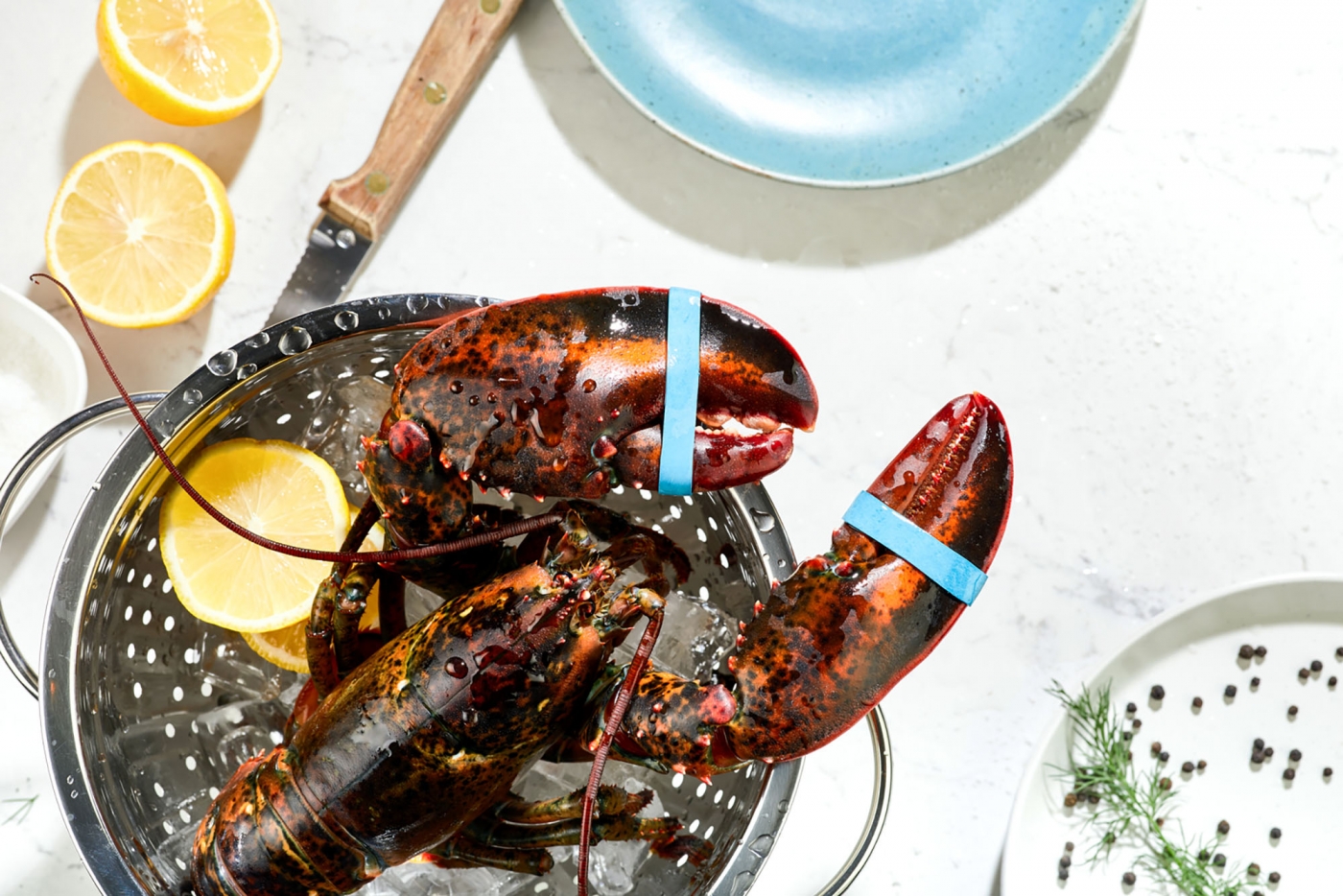
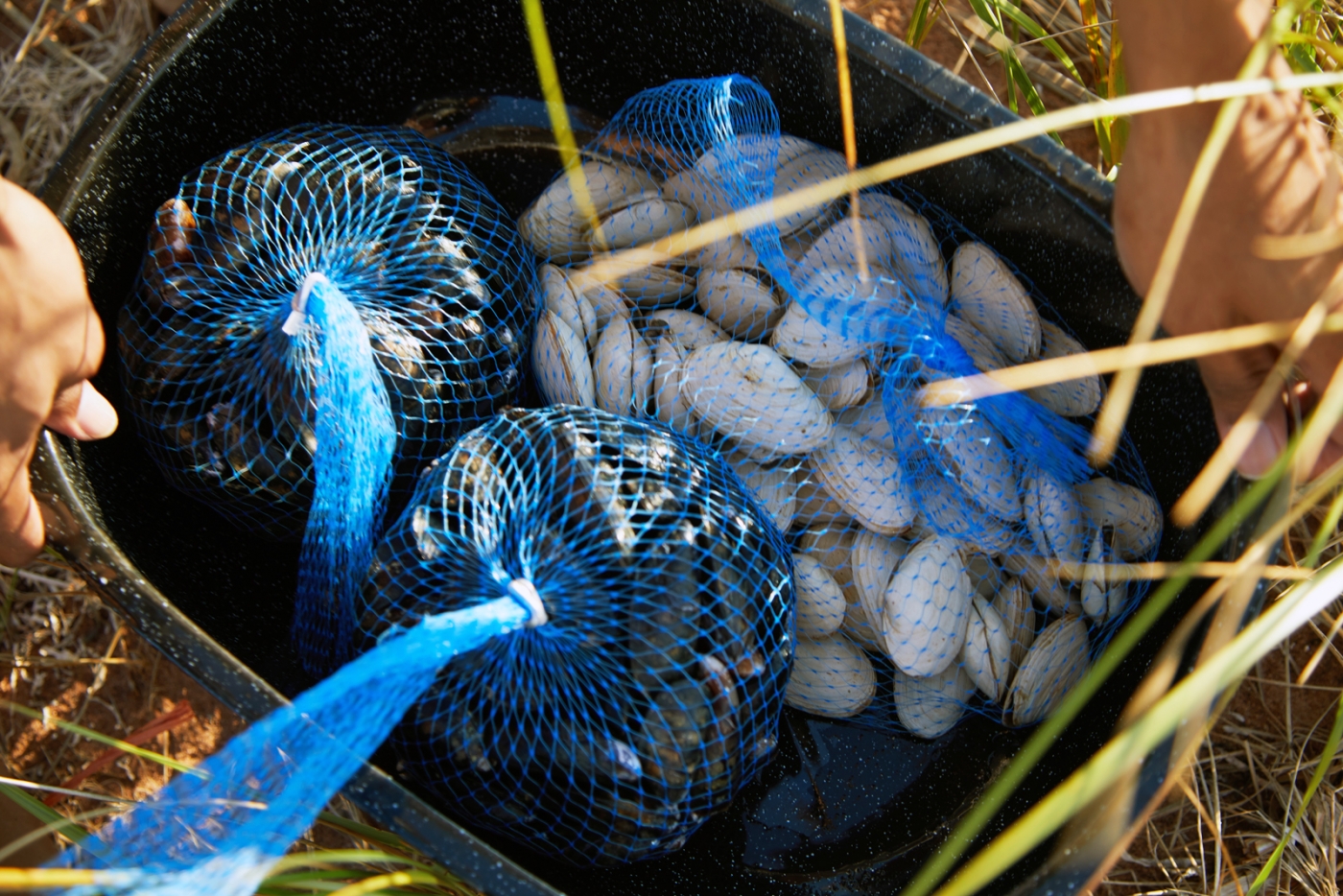
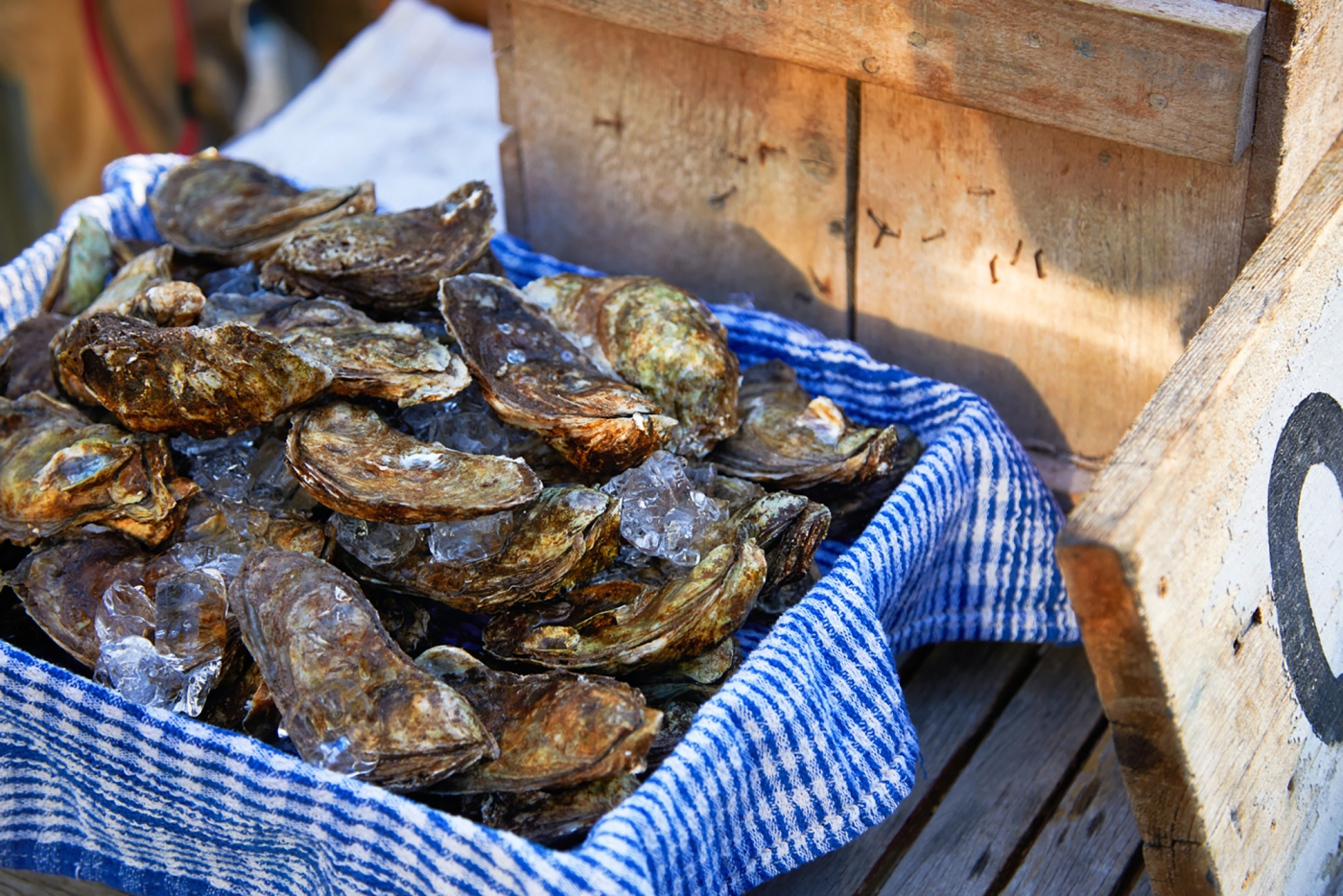
Storage Time
Seafoods, handled correctly from the water to the freezer, will maintain quality for varying amounts of time. Lean fish will store longer than fat fish. If stored beyond the suggested period, the seafood will be edible but maximum flavour, appearance and texture will be lost. Mackerel, Trout, Eel, Herring - 3-4 months Cod, Sole, Hake, Smelt - 6 months Lobster - 3-4 months Scallops - 6 months Oysters - 4-6 months Clams, Mussels, Quahaugs - 3-4 months.
Thawing Frozen Seafoods
To avoid bacterial spoilage and excess moisture loss, seafood must be thawed properly. For best results, follow these guidelines: Seafood should remain frozen until cooked. If necessary, for ease in handling when pan-frying fillets or stuffing whole fish, partially thaw until seafood is flexible but still icy. Seafood must be defrosted in the refrigerator or under cold running water. If defrosted at room temperature or in warm water, the outer edges may start to spoil before the centre has thawed. Allow 15-18 hours per 500 gm (1 lb) defrosting time in the refrigerator and 1/2-1 hours per 500 gm (1 lb) under cold running water. Keep seafood in its original wrapper until it has thawed. Thawed seafood will spoil faster than fresh seafood and should not be held more than 24 hours before cooking. Thawed seafood may be cooked using the same method as fresh seafood, 5-7 minutes cooking time per cm of thickness (10-12 minutes per inch). Double the cooking time to 10-14 minutes per cm of thickness (20-24 min. per inch) when preparing frozen seafood. The correct cooking temperature for frozen and defrosted seafood is 230 degrees Celsius (450 degrees Farenheit). If your freezer stops freezing due to a power failure or a mechanical breakdown, there are specific guidelines to follow: If seafood has just thawed around the edges, it is safe to refreeze it immediately. If seafood is completely thawed and held in the refrigerator for up to 24 hours, it must be cooked and eaten immediately or cooked and refrozen. If seafood is thawed and held at room temperature for more than 2 hours, it should be discarded. When you are unsure of how long the fish or shellfish has been thawed, make the cautious choice. Discard it.
